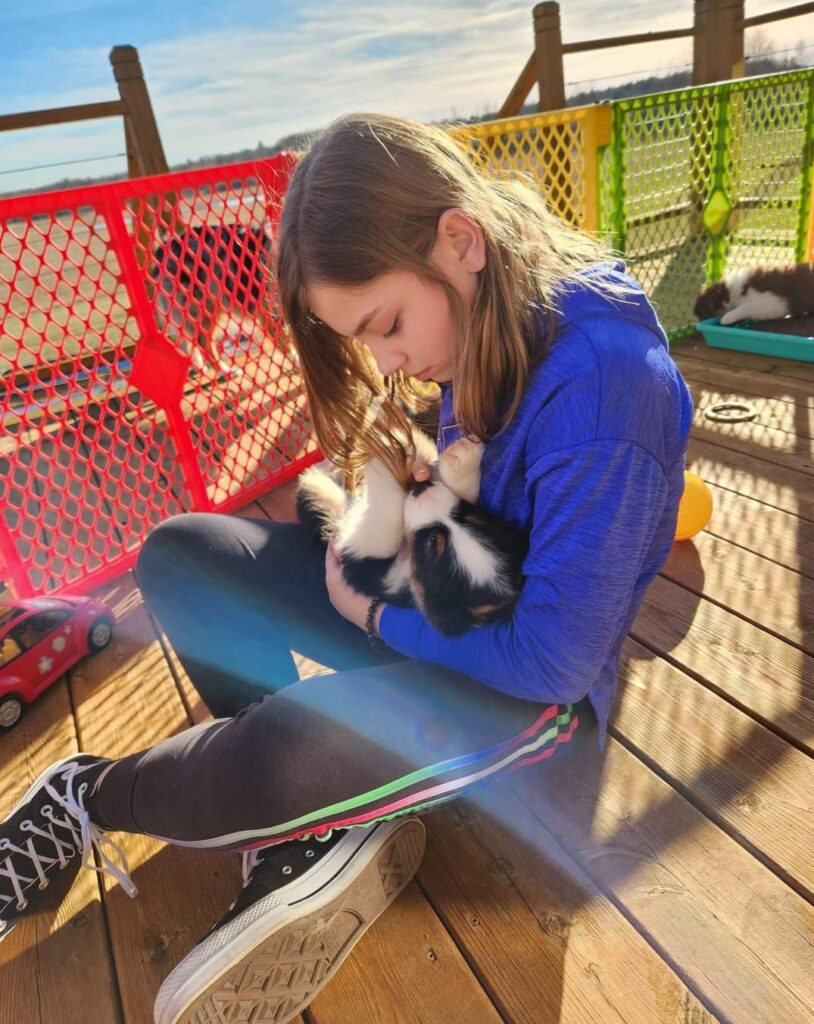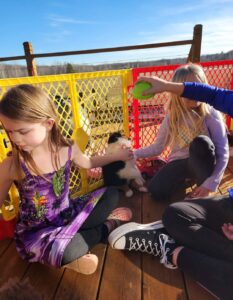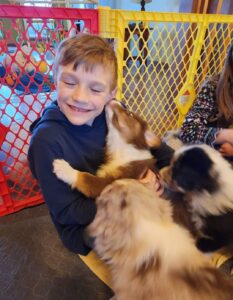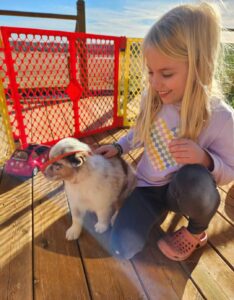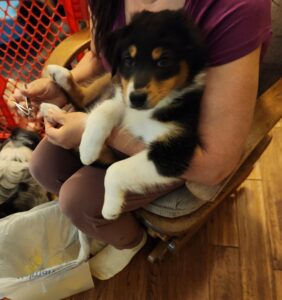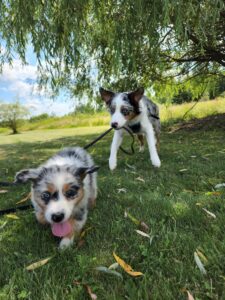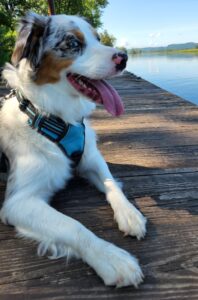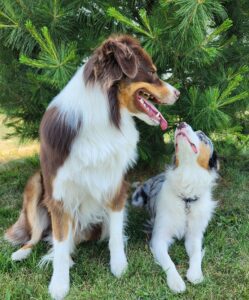Introducing dogs and children can be a rewarding experience, but it’s essential to approach it correctly to ensure the safety and comfort of both parties. Missteps in this process can lead to fear and even aggression in dogs, so it’s crucial to follow best practices for creating positive interactions.
Avoid Forced Interactions
Some people believe that holding a dog while a child pets it is a good way to introduce them, but this is a misconception. If a dog is afraid of children, holding it while a child approaches and pets it can be a terrifying experience. A scared dog may become aggressive, growling, snapping, or even biting in an attempt to escape from the source of its fear. Instead, allow your dog as much time as it needs to get comfortable around kids and give it the chance to approach on its own terms.
Use Positive Reinforcement
The best way to foster a positive relationship between your dog and children is through positive reinforcement. When your dog behaves well around children, be sure to give it plenty of praise, treats, and attention. This will teach your dog that good things happen whenever kids are around. Over time, your dog will start to happily seek out children and exhibit its best behavior around them.
Educate Children on Dog Etiquette
Training shouldn’t be limited to dogs—children also need to learn how to behave around your dog. Make sure any child who enters your home knows the following rules:
- Do not force attention on the dog. A child should wait until the puppy comes to them.
- Avoid squealing or screaming, as this will only excite the puppy.
- Pet the dog gently.
- Teach children to “freeze like a tree” if the puppy jumps on them. This means standing still with their hands tucked under their armpits.
- The dog’s crate is off-limits.
- Do not approach the dog while it is eating or chewing a bone.
- Leave the dog alone while it is sleeping.
- Always have an adult present when the dog is in the room. Children should never be left unattended with a dog.
Conclusion
Successfully introducing dogs and children requires patience, positive reinforcement, and proper education for both the dog and the children. By allowing your dog to approach children on its own terms and teaching kids how to interact with dogs respectfully, you can build a harmonious and safe relationship between them. Following these guidelines will help ensure that your dog and the children in its life can enjoy each other’s company without fear or aggression.

